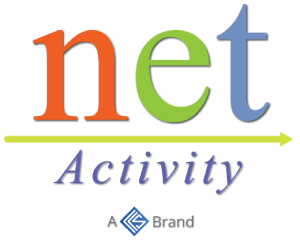If Any Of Your Staff Works Remotely, You Need to Be On Top Of This
Remote and hybrid working is now the norm for a lot of people.
But a recent survey has found that, despite it being more than two years since many of us were forced to work from home, too many businesses still don’t have the right cybersecurity measures in place for those away from the office.
The survey was originally intended to learn about spending plans from now into next year. However, the results highlighted just how few businesses have the right cybersecurity protections.
And it’s a worry.
Since the beginning of the pandemic, cybersecurity incidents – like malware, ransomware, and data breaches – have risen sharply. Cybercriminals began by taking advantage of the panic, and have since developed increasingly sophisticated tactics.
It’s costing businesses around the world billions, plus causing excessive downtime.
While the survey did show that around two-thirds of businesses have good web security measures in place, like malware filters, some results were more disappointing.
Just 50% of companies have cloud-based cybersecurity systems in place right now (although 15% are exploring their options).
Cloud security gives businesses multiple layers of protection across their network and infrastructure that helps to keep data better protected against breaches or attacks.
Not only is it a good defense, but it also identifies threats before they become an issue.
The survey also highlighted that 10% of businesses plan to implement access management, which ensures only the right people can access the right systems.
A further 9% intend to prioritize VPNs (Virtual Private Networks) to allow secure network access for remote workers.
They’re also looking at zero-trust solutions where your network assumes every device or connection is a threat until proven otherwise.
Of course, our advice is that you should already have these security solutions in place – especially if you have remote or hybrid workers.
If not, this is something to take action on quickly. All you need to do is pick up the phone or email us. We can help.














